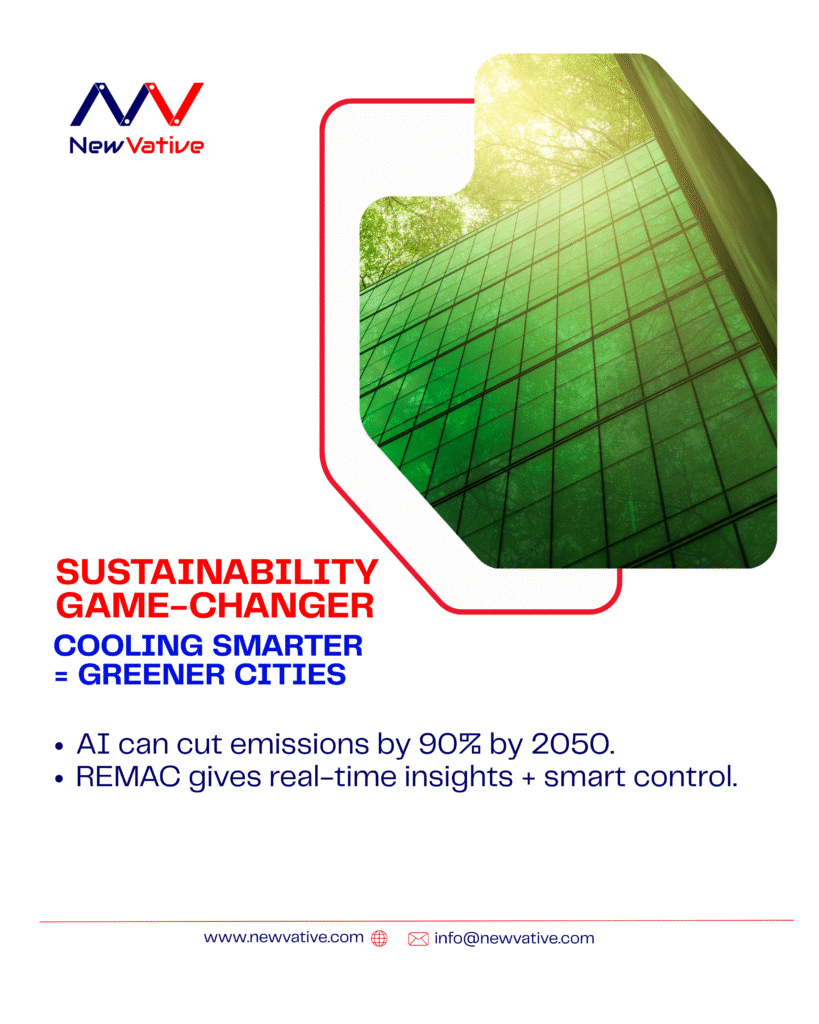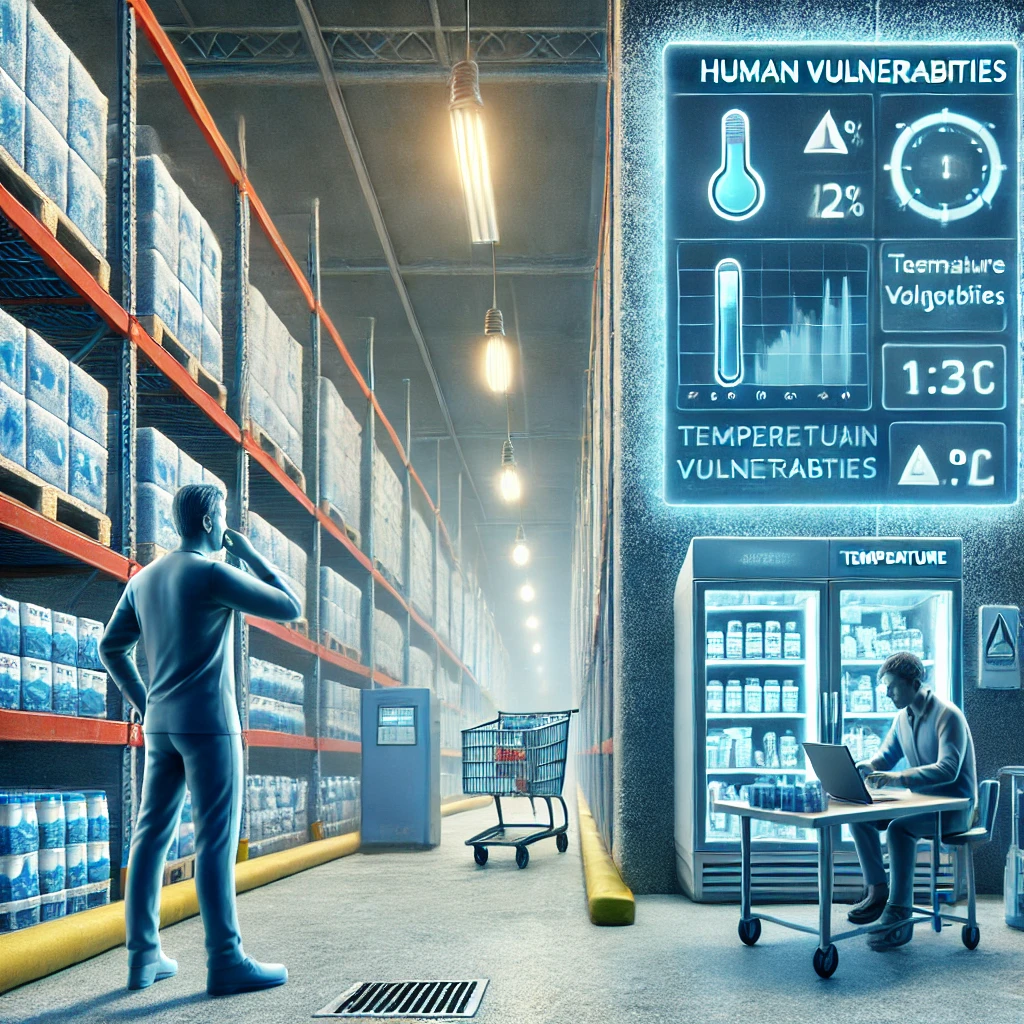Why AI is the Future of Climate Control

In office buildings and commercial spaces worldwide, air conditioners often work harder than they actually need to. This overexertion leads to wasted energy, bloated electricity bills, and unnecessary environmental impact.
But what if there was a smarter approach? What if we could take humans out of the equation and let AI-driven tools handle climate control automatically? By doing this, we can unlock new levels of energy efficiency without sacrificing comfort.
AI Learns from Real-Life Patterns
Traditional air conditioning relies on manual control, adjusting thermostats with a remote control or relying on fixed schedules. Unfortunately, these methods have many limitations. People’s schedules change, the weather fluctuates, and building occupancy moves unpredictably.
AI captures the big picture by continuously gathering real-time data on occupancy, indoor temperature, and even outdoor weather conditions. Over time, it learns when and where cooling is necessary. For example, a 2024 study in Nature Communications shows that AI dynamically adjusts to building use, cooling meeting rooms only when occupied and responding autonomously to seasonal climate variations, without requiring any human input. This continuous learning allows the system to fine-tune itself, delivering precise comfort while reducing wasted energy.
Dramatically Cutting Energy Waste
Today, a large chunk of building energy is wasted by cooling empty rooms or overcooling regularly occupied spaces. The International Energy Agency (IEA) cited in 2023 that AI-based climate control could slash electricity consumption by 20% to 50%, depending on factors like building type and climate.
How? AI-powered systems detect unoccupied rooms instantly and cut cooling accordingly. Unlike manual adjustments, which happen only sporadically during the day, AI operates continuously, adapting to every change in occupancy and weather in real time.
REMAC, an AI-driven system available today, exemplifies this; it tracks environmental data and user patterns to adjust cooling perfectly, balancing cost and comfort.

Comfort Without Compromise
Anyone working in a shared office can attest: thermostat wars are real. Some prefer a chillier setting while others want it warmer. AI helps smooth out these conflicts by learning occupant preferences and finding the best compromise temperature, all automatically.
Honeywell’s 2025 report highlights that AI systems improve occupant satisfaction by maintaining consistent comfort while simultaneously lowering energy costs.
For instance, AI can pre-cool conference rooms just before they fill up, without the users needing to fiddle with settings. This hands-free comfort keeps everyone happy and focused.
Affordable, Scalable Solutions
While Building Management Systems (BMS) have been around for a while, their high cost and complexity often restrict their use to large facilities. AI-enabled solutions like REMAC change this dynamic with modular, affordable setups that fit in schools, hospitals, office clusters, and retail outlets alike.
These systems can start small, one building at a time, and scale as savings and benefits become visible. Their lower capital expenditure makes smart cooling accessible to many businesses, multiplying the impact for energy efficiency citywide.
Insight and Accountability through Data
AI doesn’t just tweak settings quietly; it provides actionable insights via real-time dashboards. Facility managers see exactly how energy is used, detect anomalies, and get recommendations for further improvement. The saying “what gets measured gets done” rings true here.
In many workplaces, junior staff accidentally misuse ACs, sometimes unknowingly violating guidelines. AI-based monitoring logs all activities transparently, making it easier to change behavior and enforce policies without finger-pointing. Research from Oxford University (2024) points to how this transparency fosters a culture of responsibility and leads to real energy savings.
Toward a Sustainable Future
With urbanization and climate change driving cooling demand ever higher, efficient AC management is crucial. Studies predict that embracing AI alongside strong energy policies could reduce building energy use by up to 40% and cut related carbon emissions by 90% by 2050 (Nature Communications, 2024).
By smoothing demand spikes and lowering carbon footprints, AI-driven climate control plays a vital role in creating greener, more resilient cities.
In Summary
AI is no longer just a futuristic concept; it’s a practical, effective tool revolutionizing building climate control today. It learns from patterns, reduces waste, improves comfort, and provides transparency, making AI-powered cooling essential in modern offices and commercial spaces.

Want to see how AI can work for your building?
Connect with NewVative for a free demo and discover how REMAC can optimize your office’s energy use while enhancing comfort.
References
- Li, X., et al. (2024). Potential of artificial intelligence in reducing energy and carbon emissions in buildings. Nature Communications.
- International Energy Agency (2023). The Future of Cooling: Opportunities for Energy-Efficient Air Conditioning.
- Honeywell (2025). Study on AI adoption in commercial building management.
- Oxford University Behavioral Energy Study (2024).
NewVative Technologies. AC Automation and Energy Intelligence.


